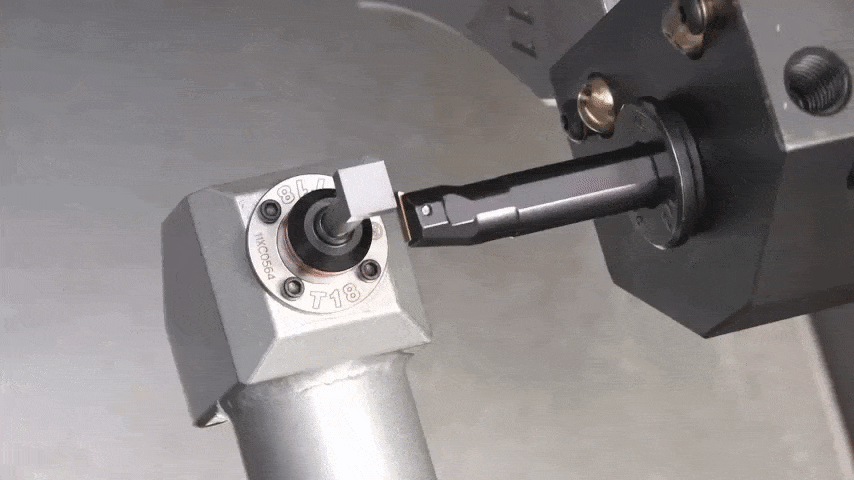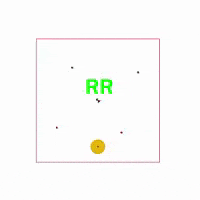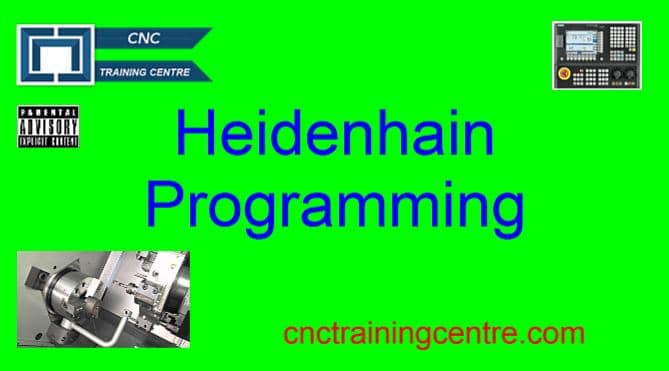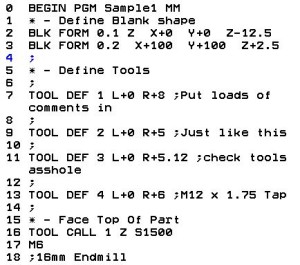CNC Crashes ** Think The Unthinkable
Category : Useful Stuff
CNC Crashes ** Think The Unthinkable
Every CNC Setter, every CNC Operator, every CNC Programmer they all have a story about their worst CNC Crashes. I’ll tell you about mine in a minute. That’s not what this post is all about. Today I want to give you something to think about next time the unthinkable happens.
It all happened on a machine not unlike the one above, good old Mori Seiki work horse. I was so grateful of those bars on the door.
Centrifugal Force
An outward force on a body rotating about an axis, assumed equal and opposite to the centripetal force and postulated to account for the phenomena seen by an observer in the rotating body.
Bloody hell! Anyway what I did (like a bloody turkey) was to put a manual chuck inside a power chuck on a CNC Lathe. Worked great that was until the speed clamp stopped working.
G50 that is (oh and here is an explanation of that).
When the machine faced off the part in G96 (see explanation) the spindle accelerated up to its maximum RPM. This was about 3000 revs. Now when a power chuck gets up to that kind of speed the centrifugal force starts to force the jaws open.
https://www.youtube.com/watch?v=x14poOHTXlM
Well if you are holding a manual chuck in there you are in deep shit, and I was. The manual chuck came out ripping off the power chuck soft jaws. Oh and for good measure it took off the machine door. I have never been so scared since my hamster bit me when I was six years old.
People say to me all the time an expression I hate “human error”, mmm. Nope sorry that will not do. It actually was a catalogue of cockups.
- Although G50 is modal you must have one at the beginning of every programme. Even if it’s not needed set it to the maximum RPM of the machine.
- Never never put a manual chuck inside a power chuck.
- Power chucks need regular servicing to maintain optimum pressure.
- Never stand right in front of the chuck, try to stay to one side of it.
- Never remove machine interlocks.
- Wear two pairs of underpants if you think you might mess yourself.
The Solution (CNC Crashes)
At the CNC Training Centre we offer to help companies make productivity improvements. When we do this I talk about ways to make things stick. That is what you need to do after a collision. Implement solutions so that this particular CNC Crash cannot be repeated.
When CNC Crashes Occur.
- Get everyone involved together and fully analyze what happened.
- Make lists of all the errors and mistakes.
- Make sure everyone knows it is not about apportioning blame.
- Make it very easy for people to be honest oh and don’t forget torture is illegal under the Geneva Convention..
- Look at the things you can change. If someone forgot to do something then how do you automatically remind him. Maybe you can put something in place so he does not need to remember.
- For everything that went wrong introduce a new rule or procedure to make sure it can never happen again.
- Oh by the way it’s never human error where CNC Crashes are involved.
So let’s look at my example.
- Put G50 in every programme on the first line. Go through all the old programmes and do this.
- Maintenance programme for chucks and dated sheets on the back of each machine.
- Training sessions to explain exactly how G50 and G96 work.
- Videos are excellent for training as they cannot be altered. Word of mouth is unreliable.
- Training sessions to explain about modal G codes.
- Be sure to create an environment where people can comfortably own up to making mistakes. (Not an easy one).
- Centrifugal force, what’s that all about?
Thanks for reading this article and don’t forget the most important thing is your personal safety and the safety of others.
Services offered at CNC Training Centre
Classroom programmer training.
CNC Training on all controls and machines.
Mazak Training Fanuc Training
Don’t forget we offer training on all types of Mazak Machines and all Fanuc Controls 6m to 31i Oi old to young.





























